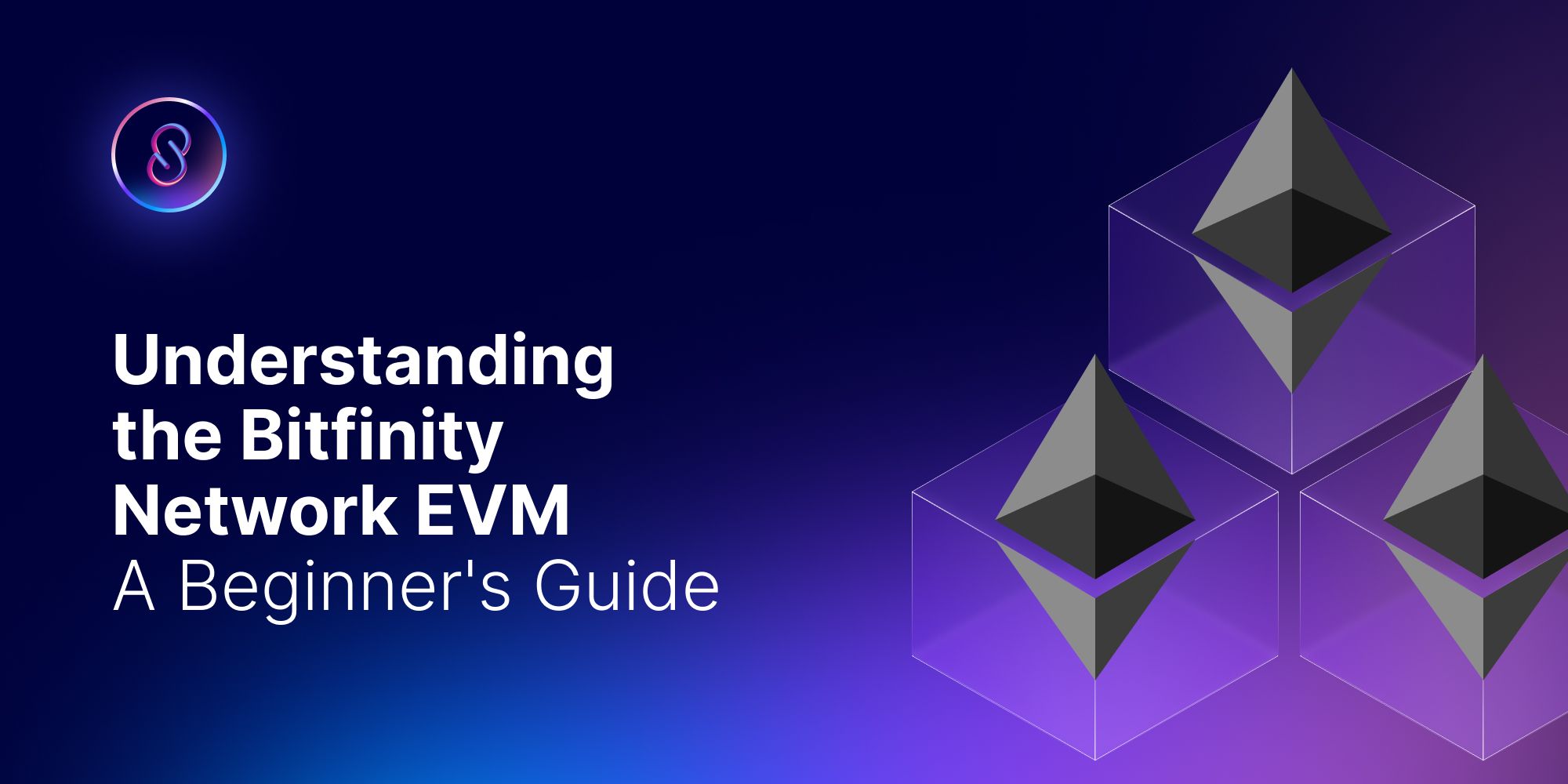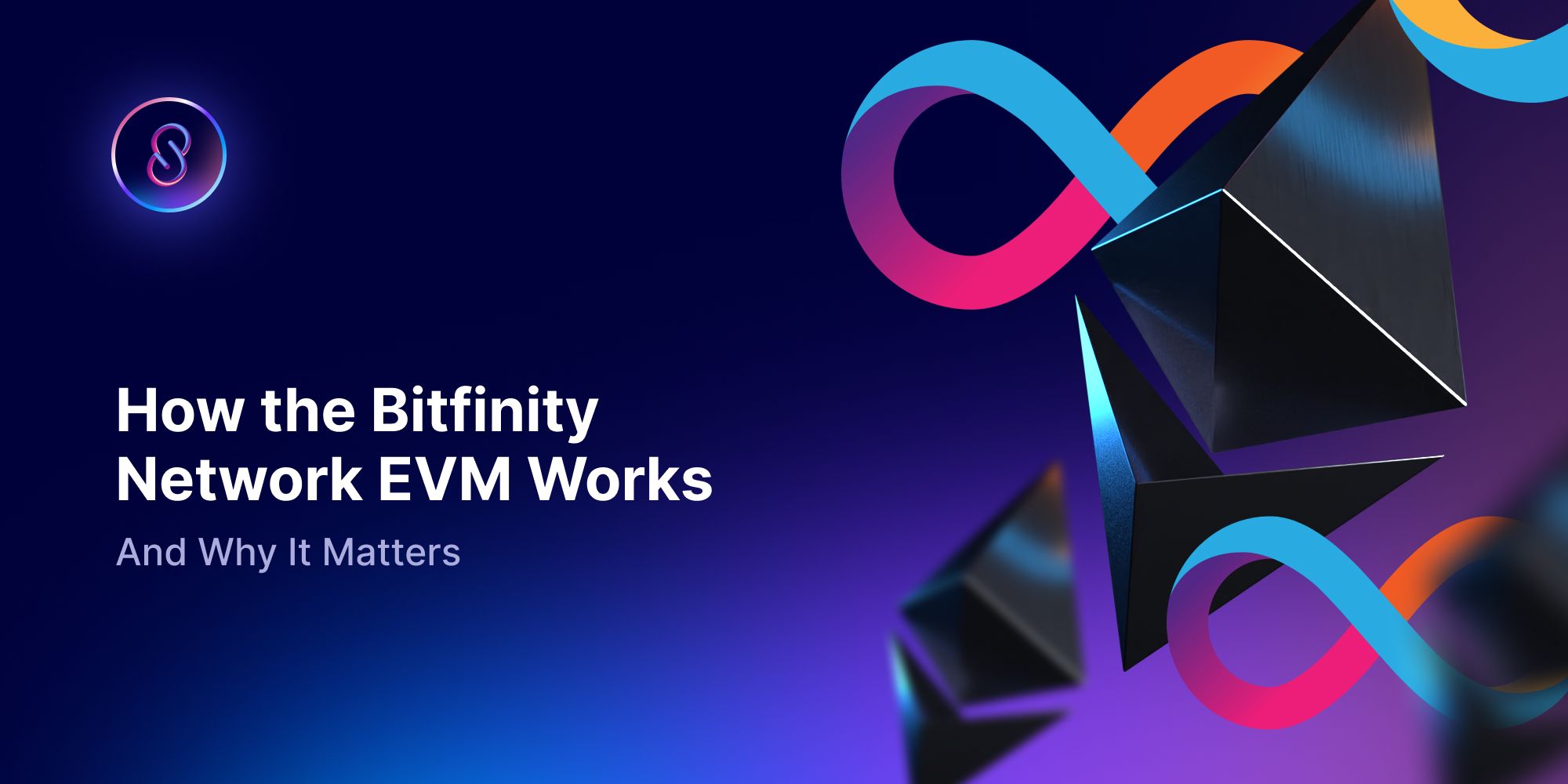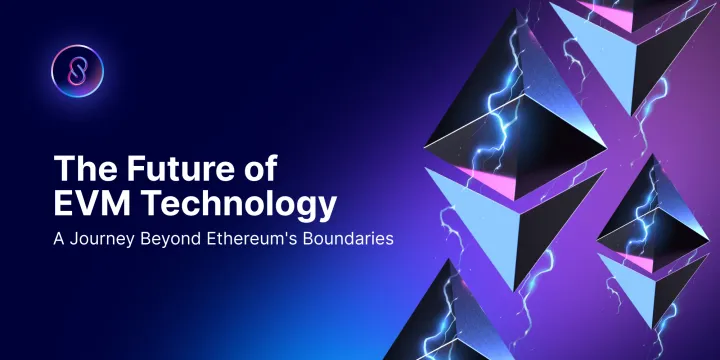Decoding the Variation: EVM versus Non-EVM Chains
What are the differences between EVM and non-EVM blockchains? This article explains the Ethereum Virtual Machine and how it allows smart contracts to function on Ethereum. It compares EVM chains to alternative non-EVM blockchains...

Ever wondered what EVM and non-EVM mean? To understand these terms, we first need to comprehend the Ethereum network and the backbone of smart contract execution, the EVM. This article unravels the mysteries of the EVM and compares why blockchains choose this approach or opt for a completely different one.
Ethereum 101
Ethereum is an open-source, decentralized blockchain platform that executes smart contracts. These smart contracts are applications that run exactly as programmed without any possibility of downtime, censorship, or third-party interference. It's akin to a massive playground for developers — open-source and decentralized.
The Ethereum State
The Ethereum state is a real-time snapshot of all details on the Ethereum blockchain, encapsulating the current status of all accounts, balances, contracts, storage, and other specifics across the entire Ethereum network. This ever-evolving state is managed by the Ethereum Virtual Machine, also known as the EVM.
So What is the Ethereum Virtual Machine - EVM?
The EVM functions as an isolated, sandboxed runtime environment, entirely separate from the main Ethereum network and other contracts. Within this environment, smart contracts interact with each other solely through a message call structure, and the EVM executes the contract bytecode one instruction at a time. Notably, the EVM has no access to the network, filesystem, or other processes.
By managing all the nodes, the blockchain ecosystem, projects, development, smart contracts, and transactions, the EVM effectively powers everything at the base layer of the Ethereum blockchain.
Picture Ethereum as a bustling city, with the EVM serving as the city's behind-the-scenes wizard. This wizard enables all those decentralized apps (dApps) to function seamlessly. Smart contracts, akin to digital agreements, couldn't operate without our reliable EVM.
History of EVM
The EVM was designed in 2013 by Vitalik Buterin and Gavin Wood, two of the co-founders of Ethereum. Gavin Wood also created the Solidity programming language, which is employed for writing smart contracts. The concept for the EVM drew inspiration from BitTorrent, one of the first successful decentralized applications, which is notably resilient against attempts to shut it down.
How does EVM work?
Developers create smart contracts using a language like Solidity. These contracts are then converted into something known as bytecode, which is the language the EVM understands. When someone wishes to use a smart contract, they send a request. The EVM steps in, reads this language, and facilitates operations on the Ethereum network.
Moreover, every computer on the Ethereum network double-checks to ensure everything is executed correctly. It's akin to having a team of experts verifying the contract's every action.
Consider the EVM as the engine operating behind the scenes. It's the secret ingredient that brings smart contracts to life. It takes the smart contract's code and translates it into something the Ethereum network can comprehend.
Difference Between EVM and non-EVM chains
Ethereum is not the sole player in the game. Several developers or projects, seeking to create something distinct, have launched non-EVM compatible chains. These chains, while using different languages and infrastructure, remain blockchains designed to solve problems. The ongoing debate between EVM and non-EVM chains is akin to comparing apples with oranges, with no clear consensus on which is superior.
EVM Blockchains
EVM blockchains are similar to the Android OS in a world devoid of Apple. Due to Ethereum's early mover advantage in the industry, the EVM has established a solid foundation for blockchain development. The allure of EVM lies in its established protocols and the relative simplicity of creating projects within its ecosystem.
Drawbacks of EVM Blockchains
Despite its advantages, the EVM is not without its drawbacks, such as limited traceability, high-cost and slow interactions with external smart contracts, and nearly indecipherable on-chain code due to the structure of its programming language, Solidity.
Non-EVM Blockchains
Contrary to EVM blockchains, non-EVM networks, including Solana, Algorand , and Kava, offer a distinct set of rules and principles. They have redefined the norms for building projects and executing smart contracts, sparking innovation in the blockchain space.
Benefits of Non-EVM Blockchains
Non-EVM networks offer cleaner, more flexible rules and safer languages, enabling developers to create robust products. They provide benefits such as rapid transaction speeds, lower transaction costs, and the potential to reach a larger user base.
Drawbacks of Non-EVM Blockchains
On the downside, these networks present challenges such as higher developer costs, high entry barriers, and difficulties in project migration. The absence of EVM compatibility hinders the ease with which projects can be reproduced and deployed on new chains, posing a significant disadvantage in terms of project count. Moreover, when liquidity is considered, the market appears to favor EVM chains.
The Importance of Interoperability
Interoperability addresses the communication issues between different blockchains, bridging the gap between two infrastructures. It introduces a decentralized third party to connect two chains that speak different languages.

Currently, about 30% of blockchains are interoperable. Major players are striving to solve interoperability, envisioning a world where assets can be transferred not only between EVM chains but also between EVM and non-EVM chains.'
The Bitfinity Network EVM
Having discussed the differences and the overarching architecture of EVM and non-EVM blockchains, let's examine the specifics of the Bitfinity Network EVM.
The Bitfinity Network EVM is a unique version of the EVM, boasting several distinguishing features that set it apart from its competitors. It serves as a platform where users can execute transactions in a Layer 2 (L2) environment on the Internet Computer blockchain.
This is accomplished by running transactions on an exceptionally efficient virtual machine that delivers superior throughput at a lower cost compared to other Ethereum Layer 2 solutions.

Key Components of Bitfinity Network EVM
The architecture of the Bitfinity Network EVM is composed of four crucial components:
- EVM API Canisters: These act as the interface for external applications to interact with the EVM, providing access to its functionalities.
- EVM Executor Canister: This component is responsible for executing transactions within the EVM.
- Signature Verifier Canisters: These verify the authenticity of transactions by checking the signatures attached to them.
- Blockchain Canister: This maintains the blockchain state and records all transactions that have been validated and executed.
These components work in unison to process transactions and update the global EVM state and blockchain as required.

Conclusion
The Ethereum Virtual Machine (EVM) is the foundation of smart contract execution on Ethereum. By understanding its architecture and components, developers and users can decide where they are treated best. Regard the Ethereum Virtual Machine (EVM) as the heart and soul of Ethereum, the digital world's equivalent of a bustling playground. It's where smart contracts, the self-executing programs, come to life and follow the rules.
The Bitfinity Network EVM represents an innovative advance in blockchain technology. It unites the compatibility of Ethereum with the efficiency and cost-effectiveness of the Internet Computer, delivering a fast, cost-effective blockchain solution.

Connect with Bitfinity Network
Bitfinity Wallet | Bitfinity Network | Twitter | Telegram | Discord | Github








Comments ()